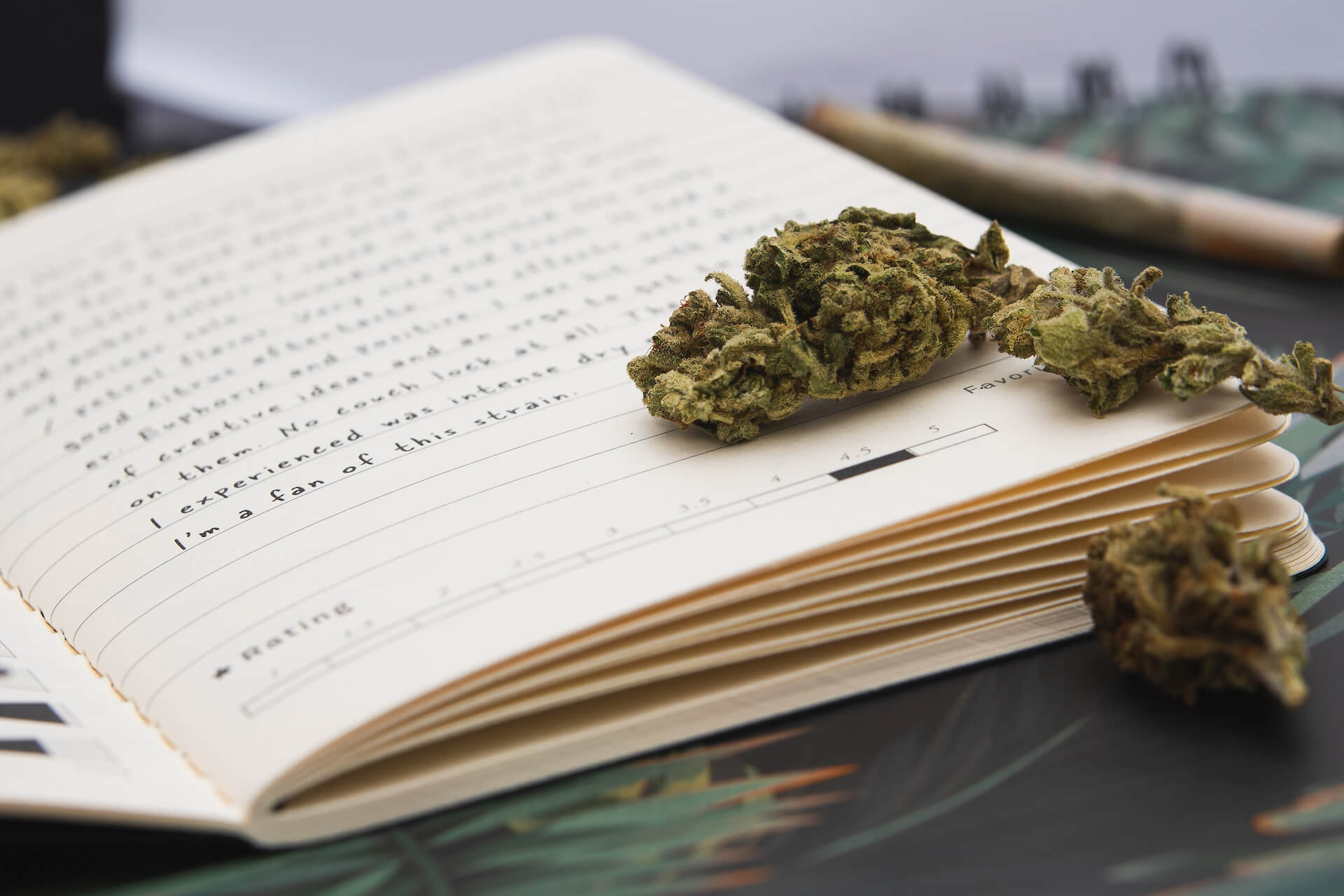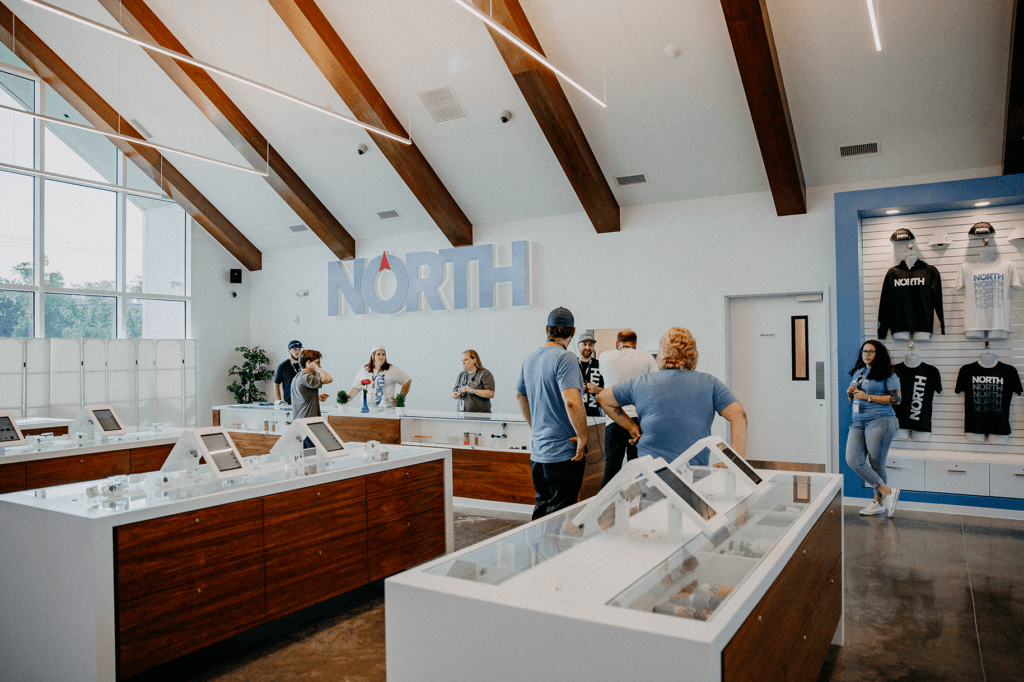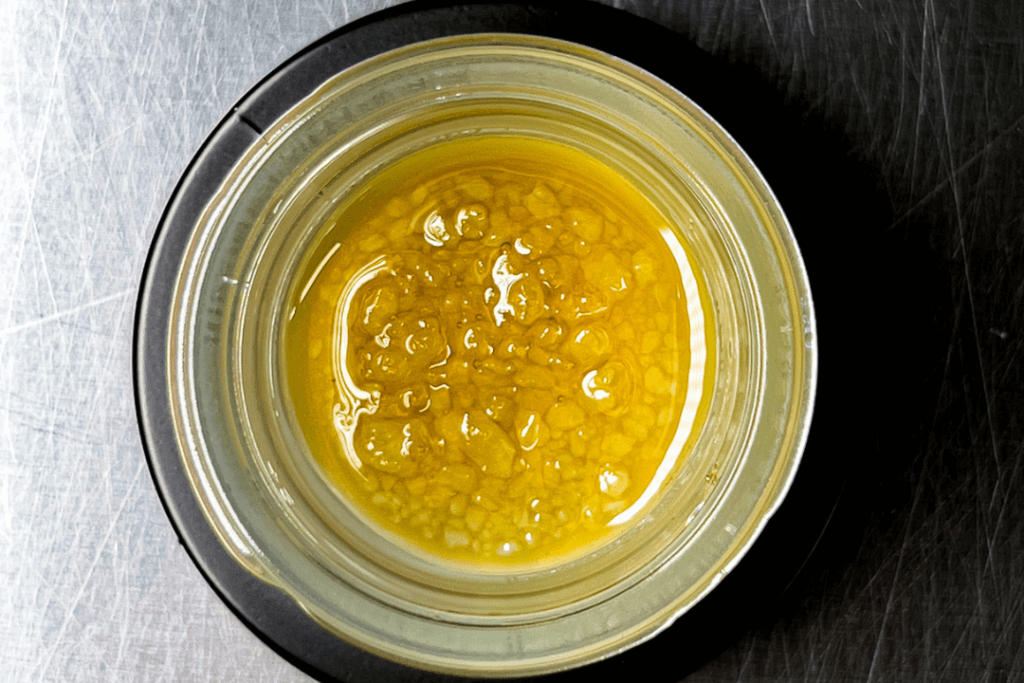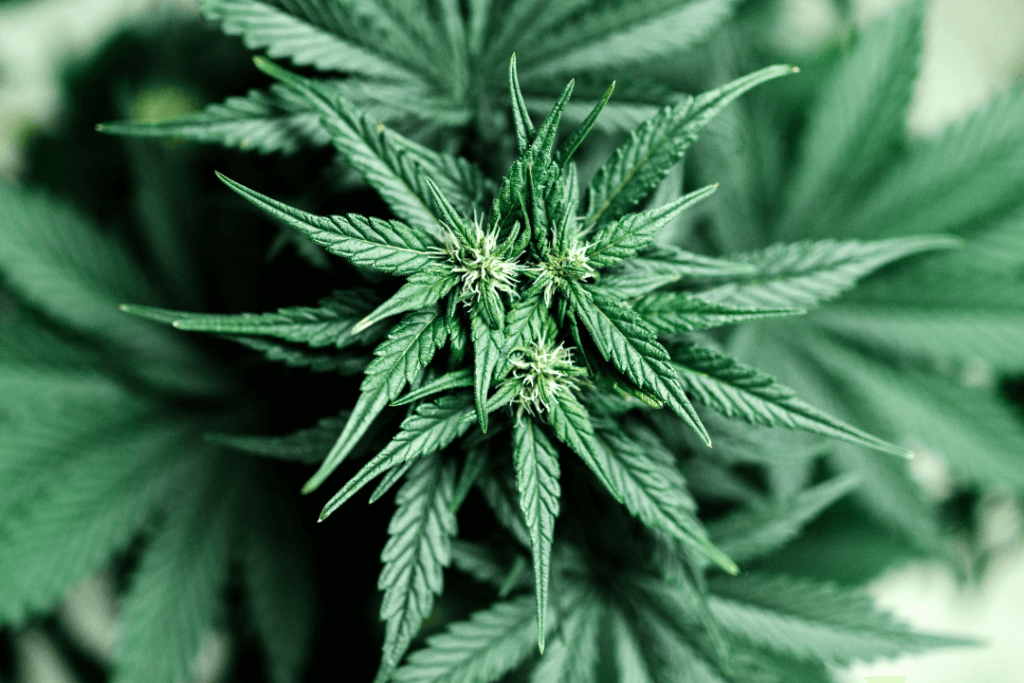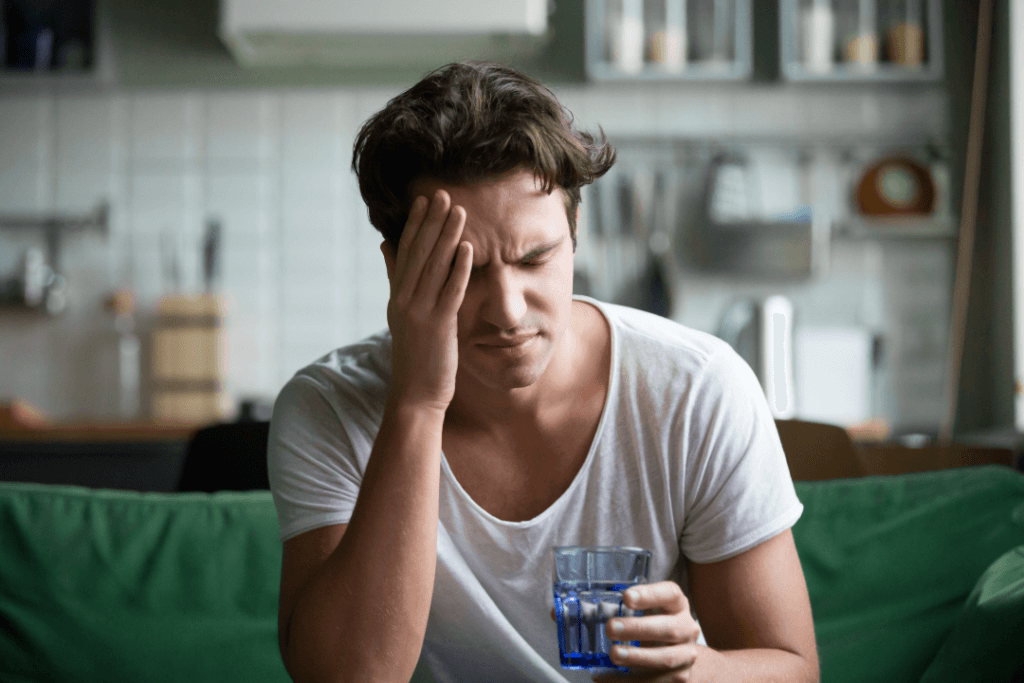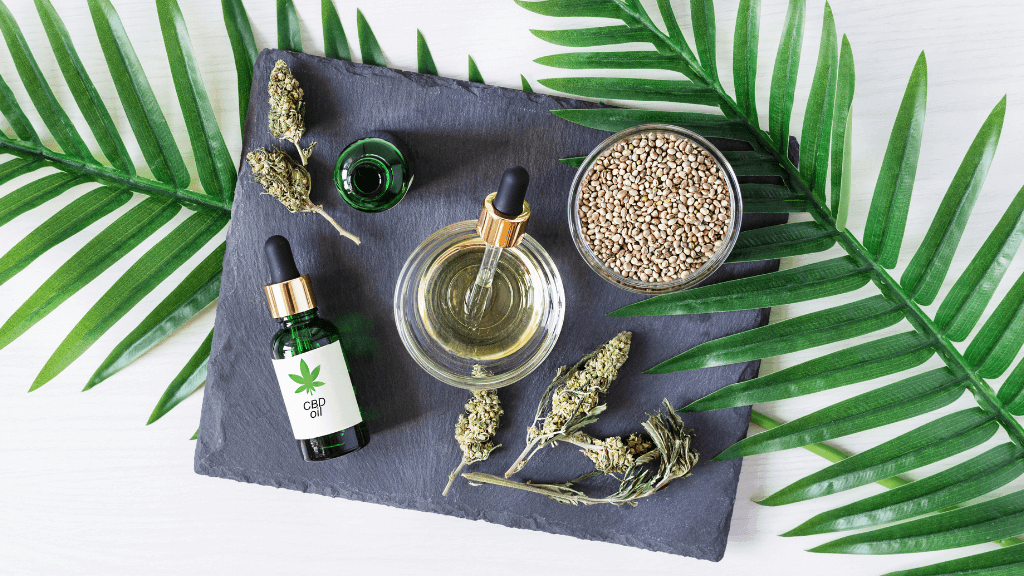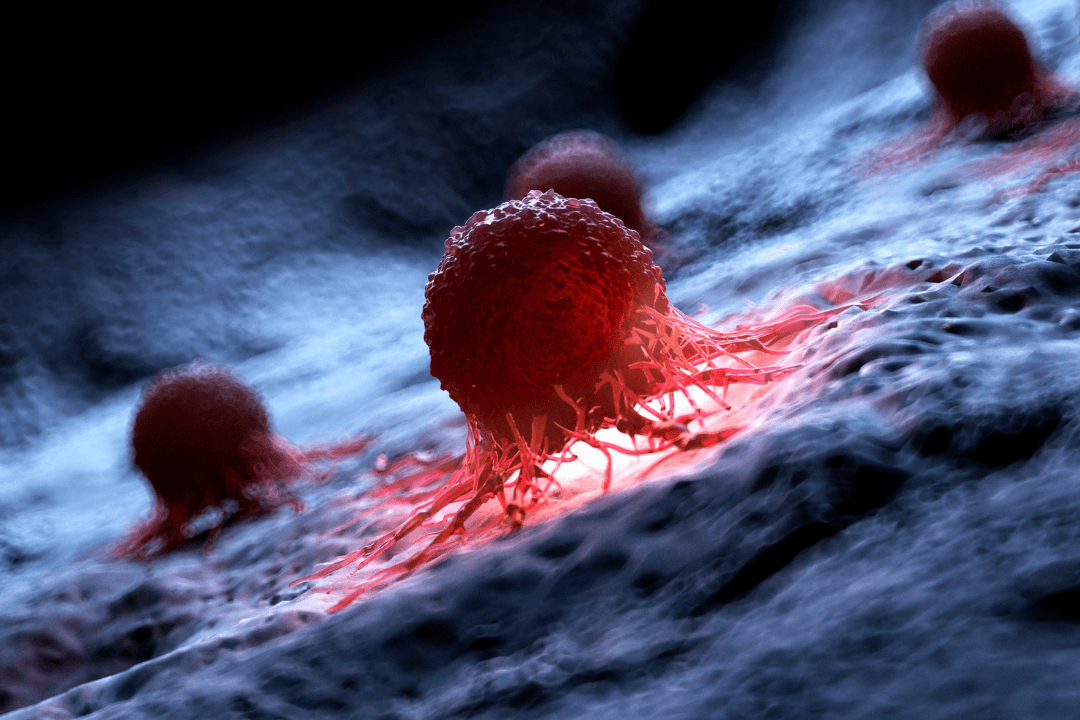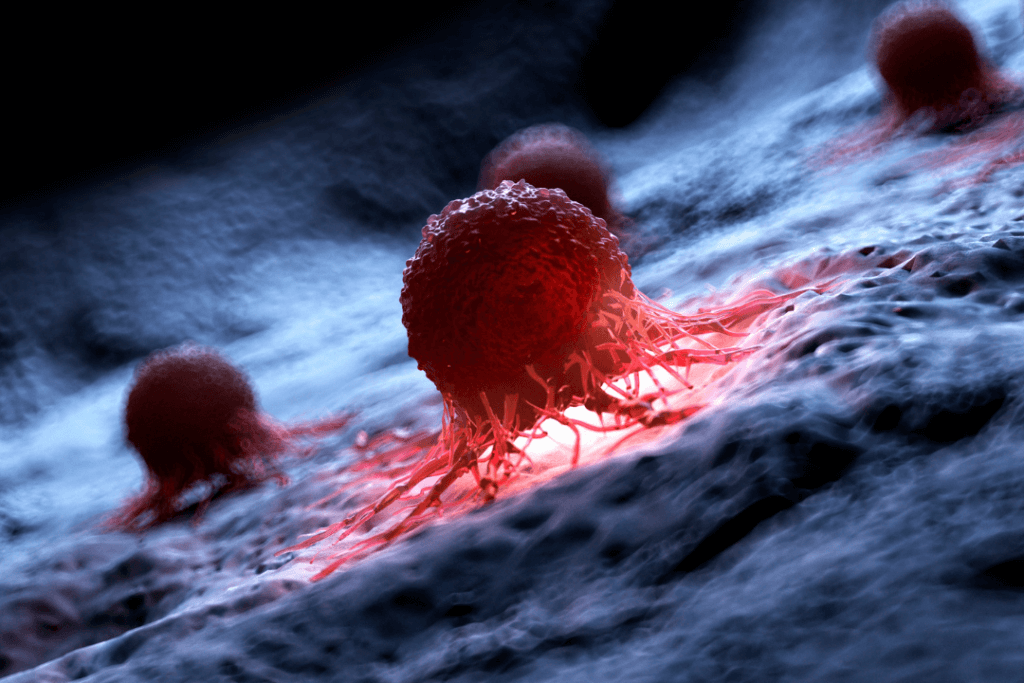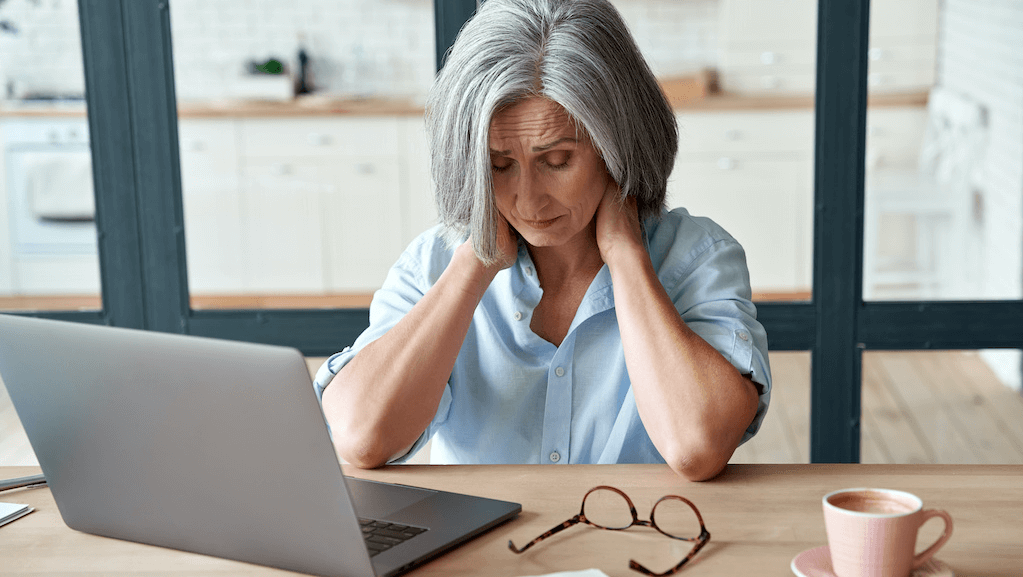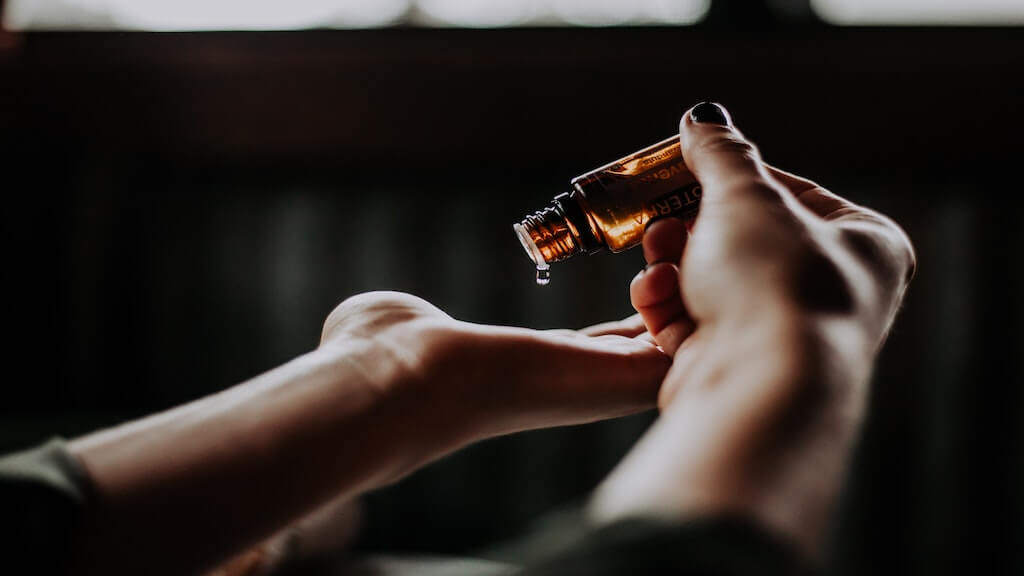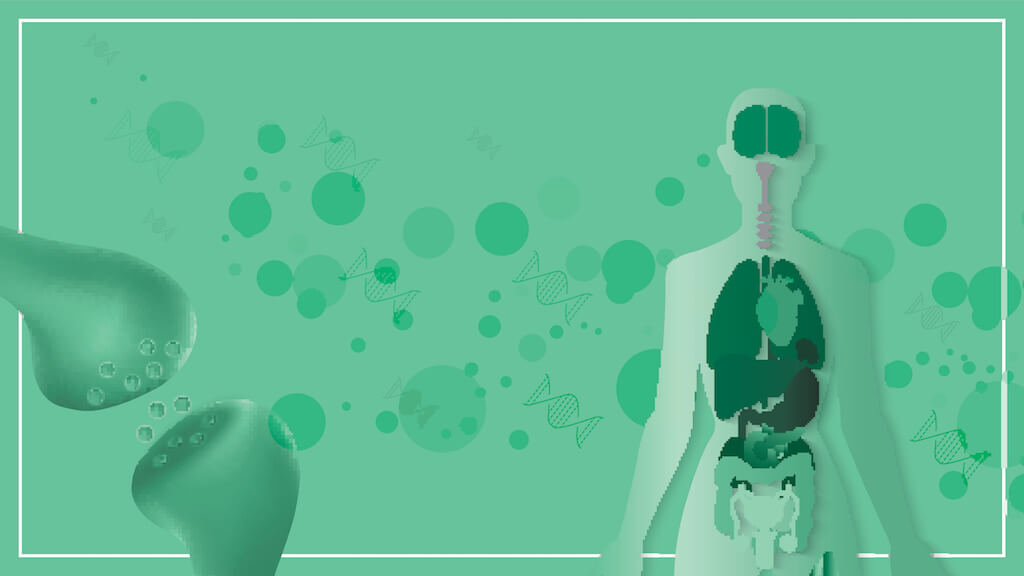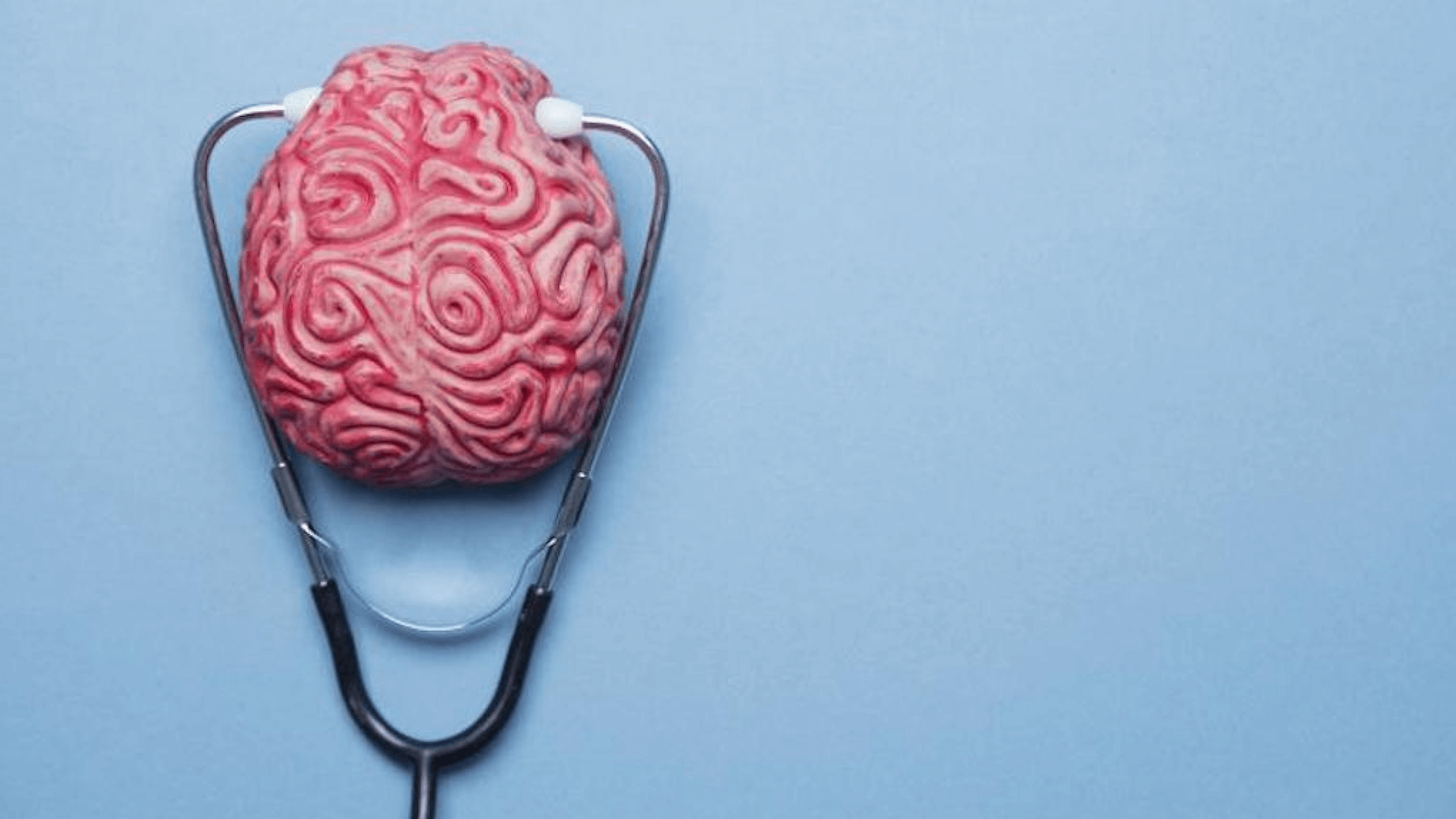You can keep a cannabis journal for several reasons. Not only does journaling your experiences make you more mindful, but it also helps identify and achieve your goals regarding consuming cannabis. This is especially helpful for medical cannabis patients.
Overall, every human body is different. That means everyone will react differently to the same or similar products. You may even respond differently to the same product if taken on a different day.
Journaling your experiences makes it easier for yourself and your patient consultant to identify which products can reproduce the perfect experience. Keep reading to learn more about cannabis journaling and how it can help you achieve all your cannabis goals.
How To Cannabis Journal
Cannabis journaling isn’t very difficult. The most challenging part is ensuring that you record your experience each time you use cannabis. By being consistent, you’ll find it easier to determine patterns that can help you maintain successful sessions.
Follow the steps below to learn how to cannabis journal:
What Type of Journal Are You Using?
Do you prefer writing longhand or simply using a memo app on your cellphone? Pick a version that will allow you to keep up with it daily.
If you prefer to write out your experiences by hand, you can purchase physical strain journals like Goldleaf’s Patient Journal. Please keep them in your house where you won’t forget about them.
Journaling the old-fashioned way, while not the most convenient method for some, has its benefits, as studies show that it keeps your mind sharp and helps you retain information. However, keep in mind that journaling is supposed to be stress-free. So, do what feels right for you.
Before Dosing
Now that you know what type of journal you want, you can get down to business. First, you’ll want to assess your baseline. Include the basics, like:
- Date
- Time
- Cannabis product name and where you purchased it
- Delivery method
- Symptoms (pain, insomnia, nausea, anxiety, etc.)
- What other medications you’re on
- If and what you’ve eaten/drank before your session
- Overall mood (powerful emotions can influence your experience)
After Dosing
Depending on your delivery method (smoking, edibles, etc.), you may feel the effects immediately, or it may take a while (sometimes up to two hours). Allow your body to fully experience the cannabis before recording your findings.
You should note:
- Dosage consumed and be specific (“one half-gram pre-roll” is better than “smoking a joint”)
- How you feel
- How long the effects lasted
- Symptom relief (if any)
- Side effects
- Current state of mind (did the session change anything?)
It’s paramount that you are specific about the outcomes and symptom relief that you feel.
Why Should You Keep a Cannabis Journal?
You should keep a cannabis journal for many reasons, especially if you’re a medical cannabis patient. Some of the reasons you should keep a cannabis journal include:
It Helps Your Caregiver or Patient Consultant
It’s impossible to ask yourself to keep up with the latest trends in cannabis research, products, and genetics. To do that all is a full-time job! Instead, as a medical cannabis user, you should rely on your caregiver or patient consultant.
Providing a detailed log of what products and delivery methods have worked and haven’t worked is the best way to ensure your caregiver or patient consultant has all the necessary information to succeed you succeed in your treatment plan.
It Helps Repeat Successes
If you want to repeat the successful sessions, you must have the ability to remember which cultivars, dosages, and delivery methods work best for you. It can be difficult to remember everything from one session to the next. (A cultivar is a plant that has been selectively bred to have distinct, desirable characteristics)
By having a physical journal, you don’t risk losing any of your valuable information to technology that’s gone haywire.
Writing Is Good for The Mind
Writing does terrific things for your memory and comprehension. By writing out everything you experience while taking cannabis, you’ll be more likely to thoroughly understand your own body’s response to cannabis, which will help you make more informed decisions.
Journaling Promotes Mindfulness
Writing, especially with a pen and some paper, helps the mind slow down and induces a certain level of focus. It’s almost like meditation. This focus is called mindfulness.
Mindfulness helps you to leave worrying emotions, like anxiety, at the door so you can better focus on the task at hand. You’ll be more attentive to your symptoms and treatment by being mindful.
You Get A Complete Picture
A journal is open-ended, meaning that you can add other essential factors along with writing down the obvious entry points like cultivar, dosage, and delivery method. These could include:
- Sleep quality
- Water intake
- Food intake
- Other medications/supplements you may be on
- Coffee intake
- Alcohol intake
Keeping detailed notes on the seemingly ordinary parts of your life can expose why you react to specific cultivars, dosages, and delivery methods the way you do. Even a stressful day at work can affect how you respond to cannabis. So, no matter how trivial something may seem, don’t think twice before writing it down.
You’re Creating A Database
If you’re a cannabis user, you must know how difficult it can be to compare one cannabis product to another. The lack of unified regulation on plant genetics, concentrations, grow practices, and more means that even the same strain can vary significantly in effects from dispensary to dispensary.
To try and replicate successful therapies, make notes of “where the product was acquired” or “how it was grown.”
Final Thoughts
For those looking to get the most out of our cannabis, keeping a cannabis journal is one of the best measures we can take to ensure we do just that. Your cannabis journal will help you discover and remember your preferences by having you log your experiences and usage.
A cannabis journal can help you discover patterns that can improve your symptoms, avoid products you dislike and find the most effective time of day to consume your cannabis.
Overall, cannabis journals can do wonders for your cannabis experiences and mental health. If you haven’t started one already, we highly recommend that you do!
North Dispensaries
At North Dispensaries, we care about the experiences of our customers. As a medical cannabis provider, we want our customers to find the perfect solution to their symptoms. That’s why we offer a wide variety of high-quality products.
From flower to edibles and everything between, we have exactly what you’re looking for; we guarantee it!
Check our menus for our Pevely and Hillsboro locations today. If you see something you like, stop by or order online and have it delivered right to your door. We can’t wait to help you!

